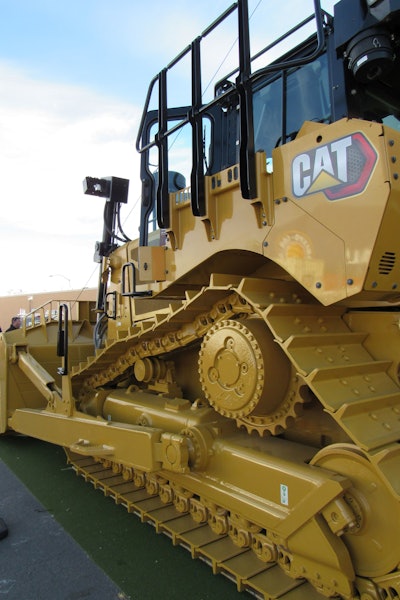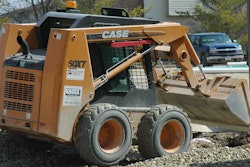
The outbreak of COVID-19 pandemic has interrupted the growth of construction, mining and other industrial activities. Yet, while the market is projected to experience a downward trend in the near term, a new study shows demand for construction equipment is set to regain traction as governments in both developed and developing countries invest in infrastructure development projects. Efforts to build highways, dams, railways and roads as part of developing smart cities in the areas of energy, mobility and government will further drive construction equipment sales for the foreseeable future. As a result, the global construction equipment market is expected to reach a market valuation of US $180 billion by the end of 2030.
The study by Fact.MR is intended to provide an unbiased analysis of the global construction equipment market, presenting historical demand data (2015-2019) and forecast statistics for the period of 2020-2030. It indicates the global construction equipment market is poised to expand at a value CAGR of close to 4% and is expected to create an absolute dollar opportunity of US $61 billion growth over the forecast duration (2020-2030). Under the impact of COVID-19, the global construction equipment market is expected to reach a market valuation of US $180 billion by the end of that period.
Demand is indicated by:
- Equipment type – Demand for excavators is foreseen to grow 2.6 times that of cranes in 2020. On the other hand, cranes will account for one-fifth of the overall absolute dollar opportunity created during the forecast period. Equipment rated from 200.- to 400 hp is projected to create an absolute dollar opportunity of US$ 18 billion from 2020 to 2030.
- End use – The construction industry is projected to account for 42% of the total sales in 2020 and is anticipated to create an absolute dollar opportunity of more than US $32 billion during the forecast period.
- Region – East Asia is estimated to be the prominent construction equipment market and is projected to surpass a market valuation of US $52 billion by the end of 2030.
Key players in the construction equipment market include Caterpillar Inc., Komatsu Ltd., Volvo Construction Equipment, CNH Industrial N.V, Hitachi Construction Machinery, Liebherr Group, XCMG Co. and Terex Corporation, among others. Such prominent manufacturers are focusing on introducing new products in order to broaden their customer base and gain a competitive edge over other players.
For example, in 2020, Caterpillar launched its new D7 Dozer, which offers a high-drive undercarriage design, increased performance and a broad choice of easy to use technology features. The D7 moves up to 8% more material per hour than D7E, with around 6% more weight and 12% more horsepower.
Volvo also introduced the P5110B tracked and P5170B wheeled asphalt pavers for the North American market. These models give contractors a new heavy 8-ft. size class option and are built for both heavy commercial and light highway tasks.
“The COVID-19 pandemic has adversely hit the construction equipment market on the demand side, causing a decline in sales," acknowledges a Fact.MR analyst. "Post-COVID-19, increases in government spending on new projects coupled with increasing rental and leasing services offered by equipment manufacturers is foreseen to open new growth avenues for the construction equipment market."
Information provided by Fact.MR and edited for content and clarity by Becky Schultz.




















